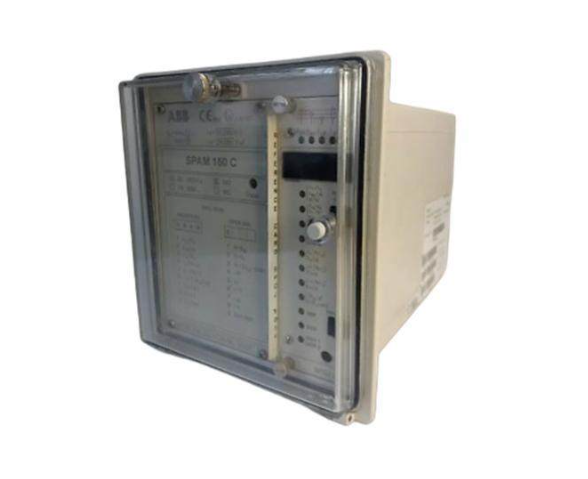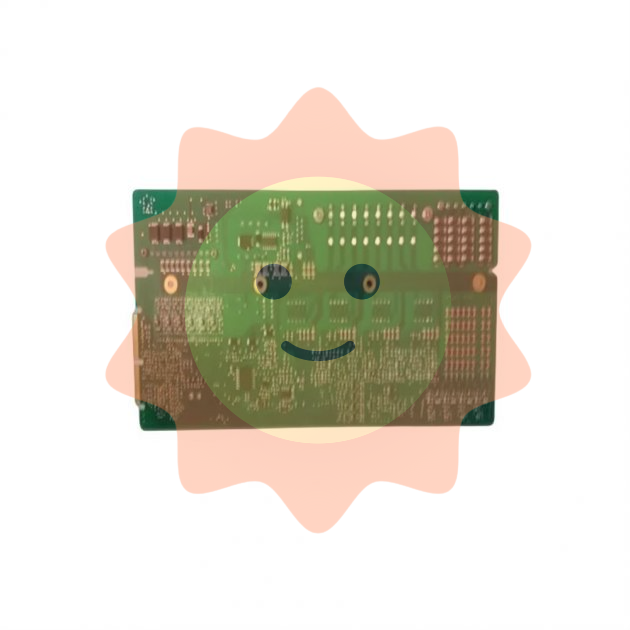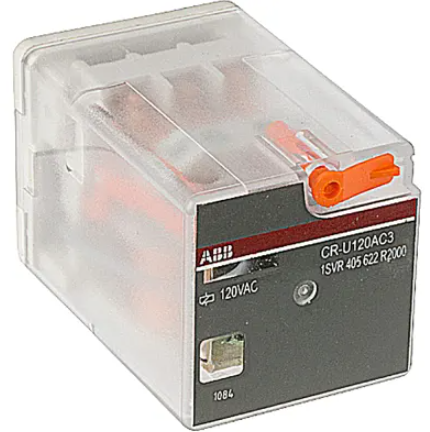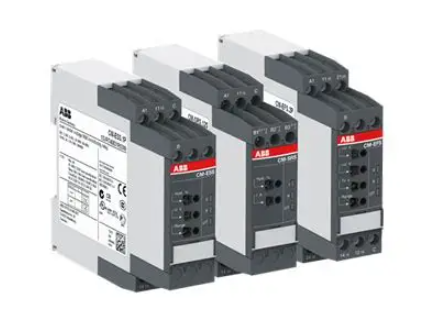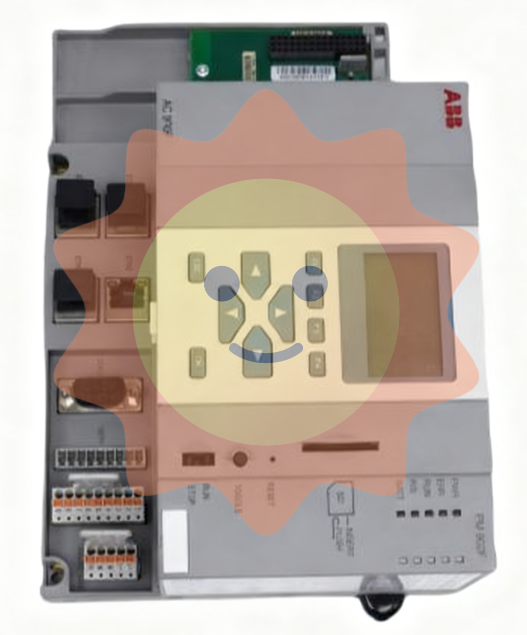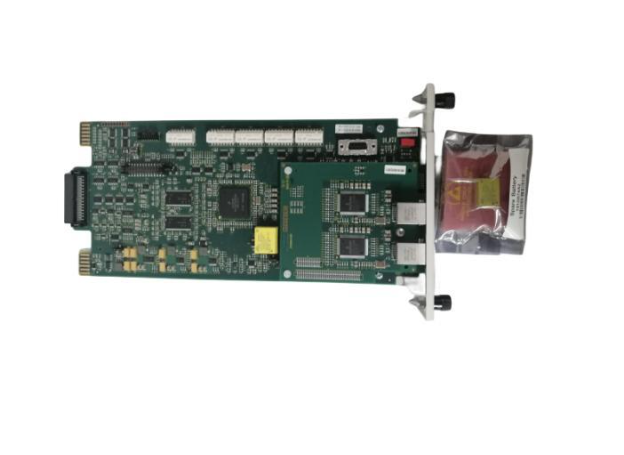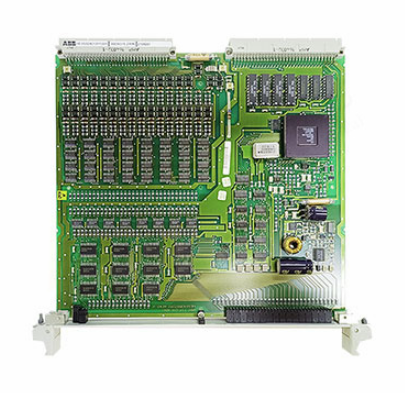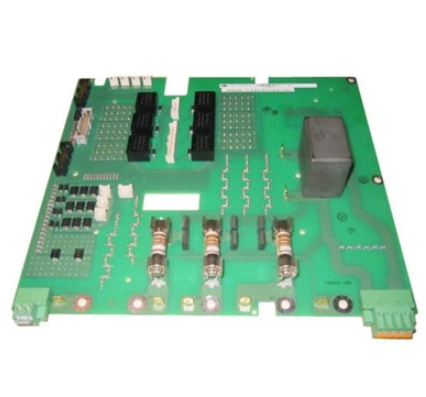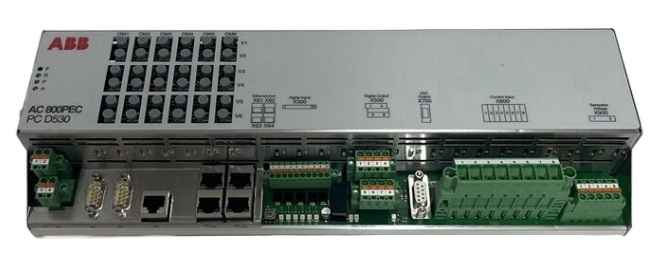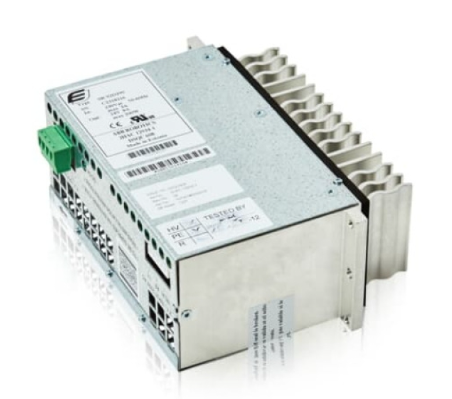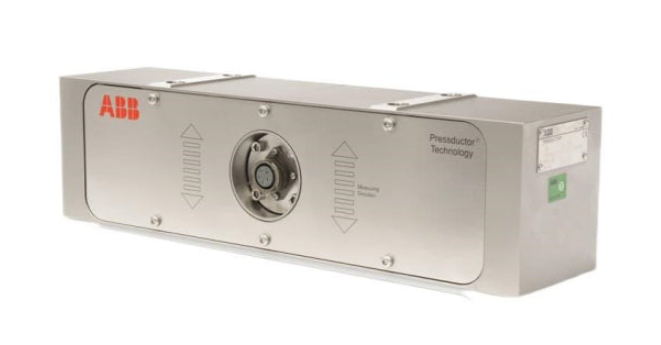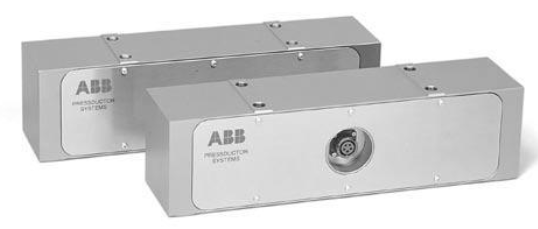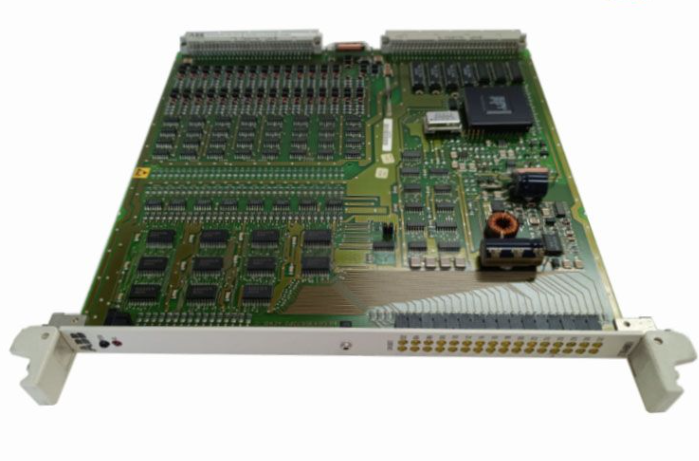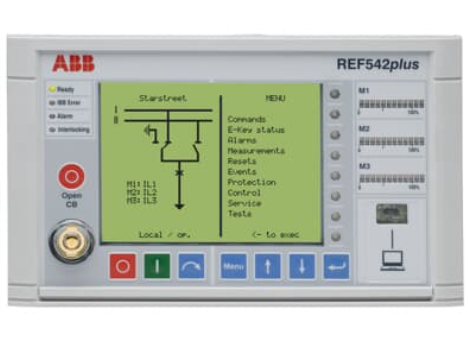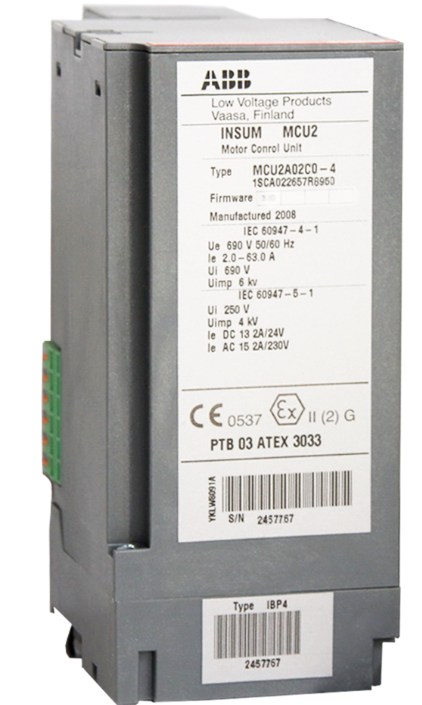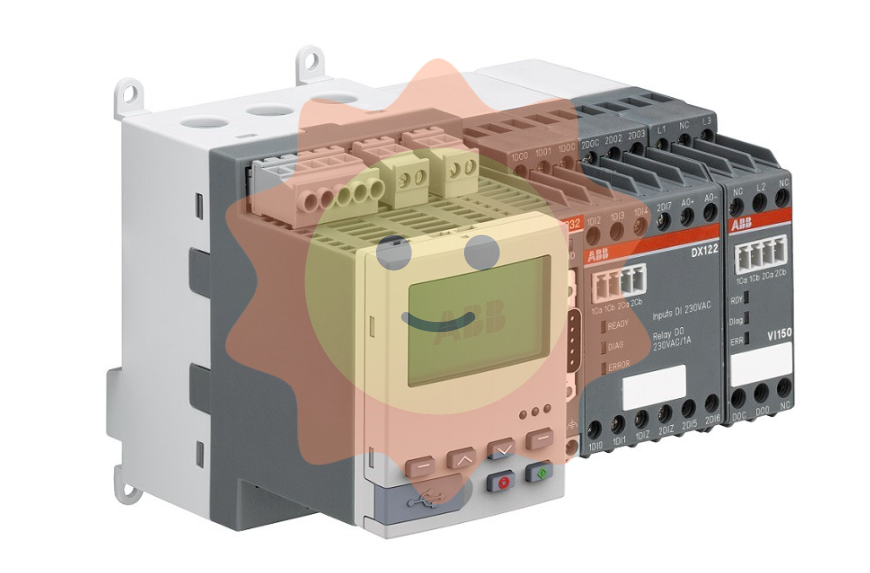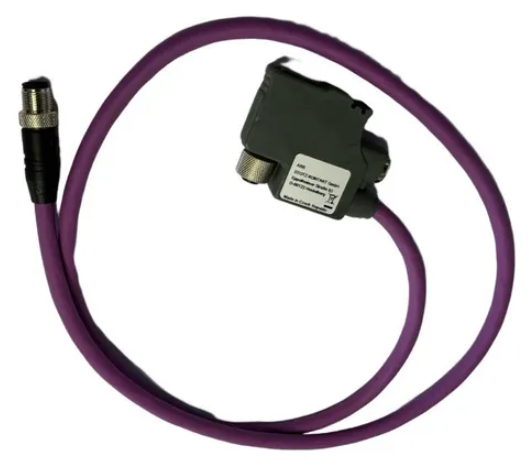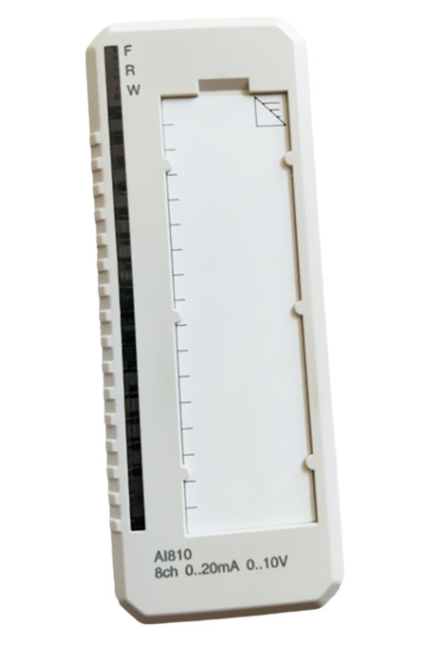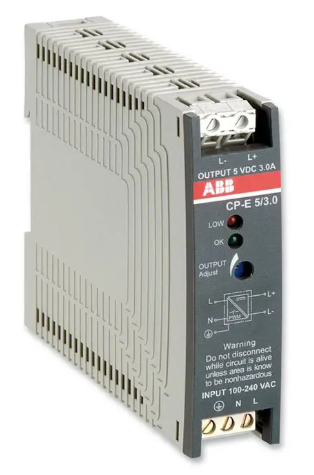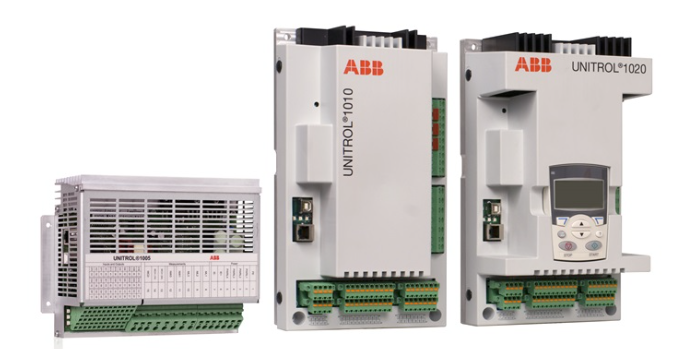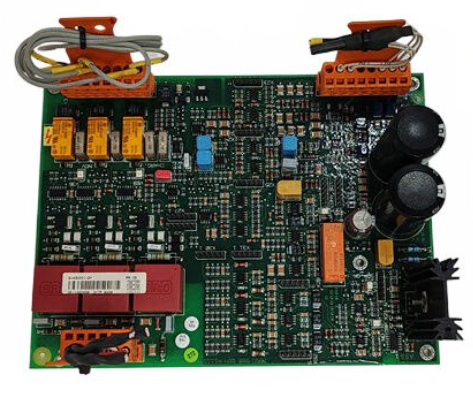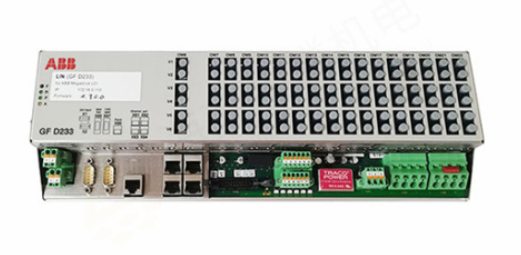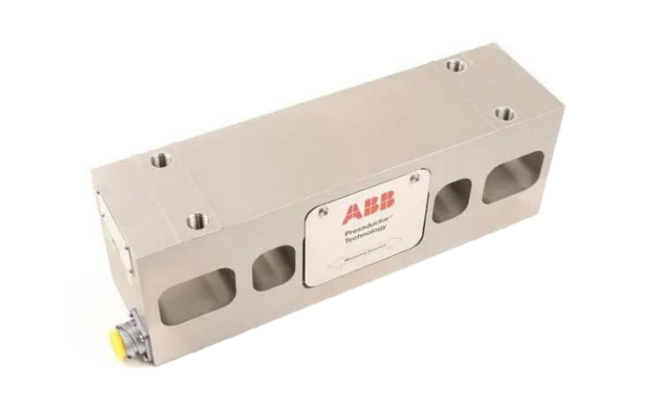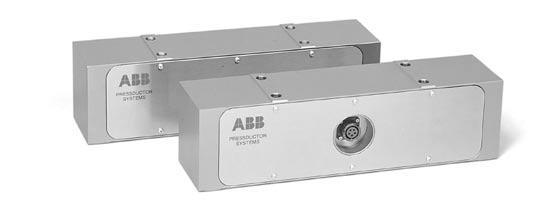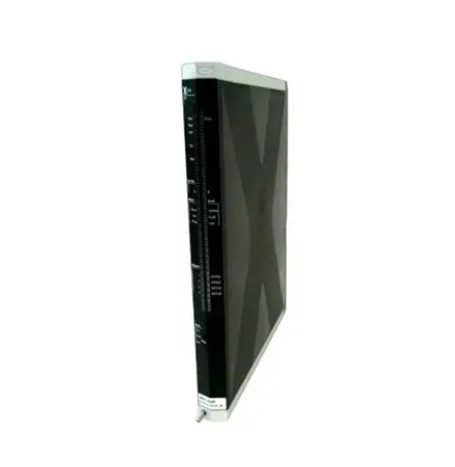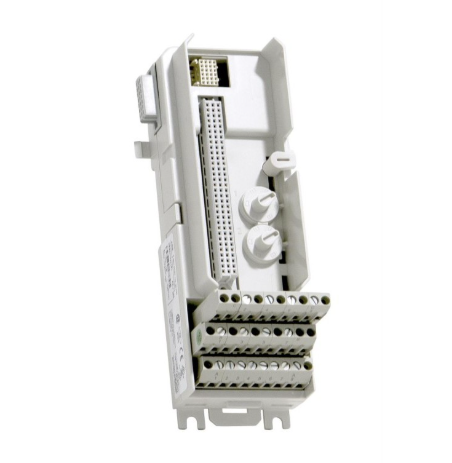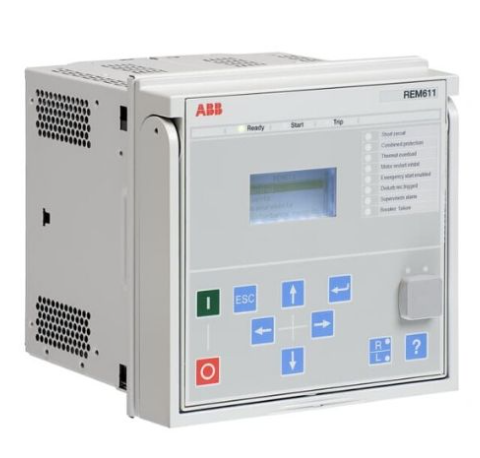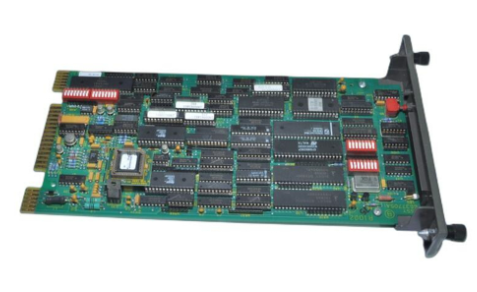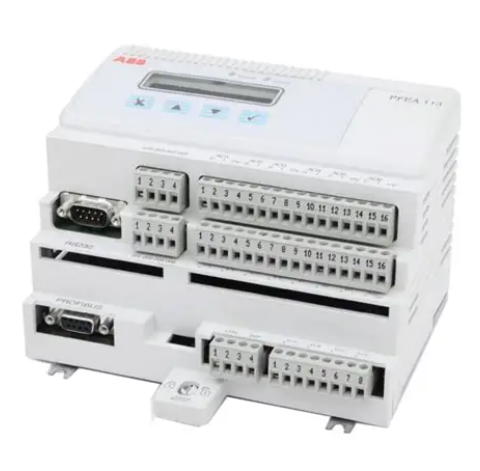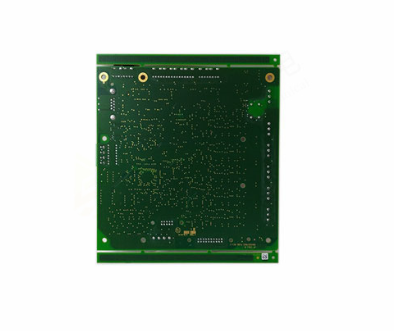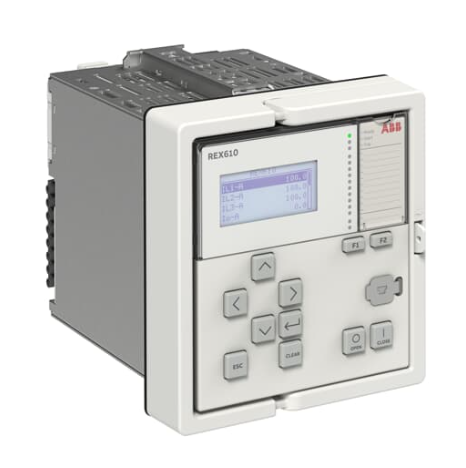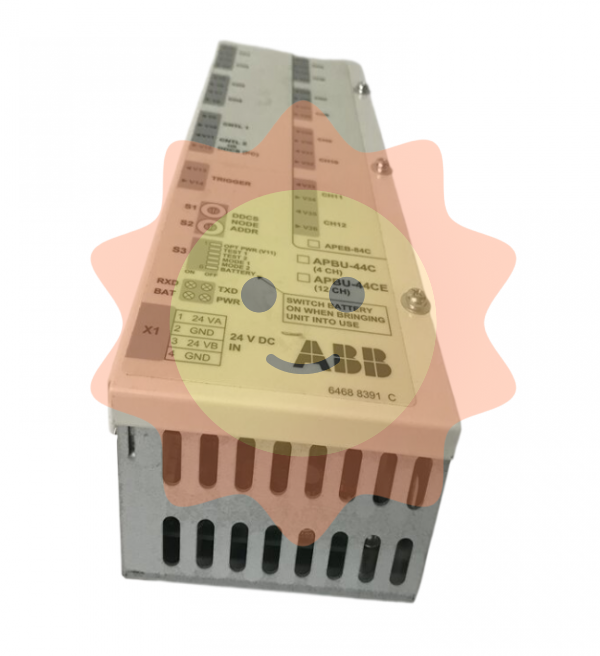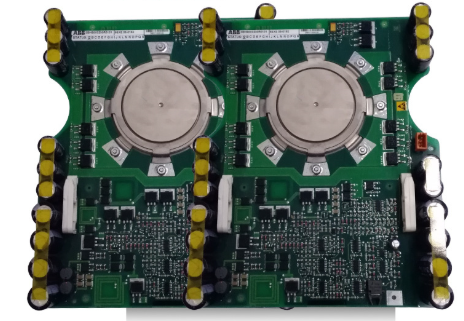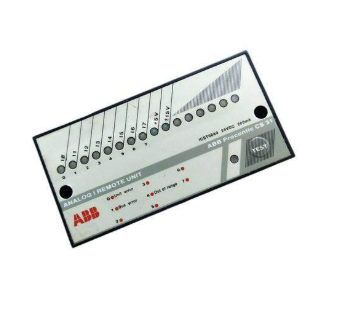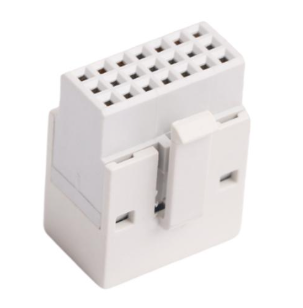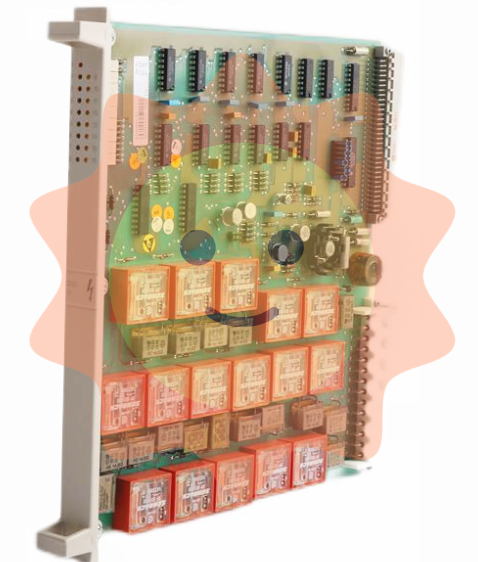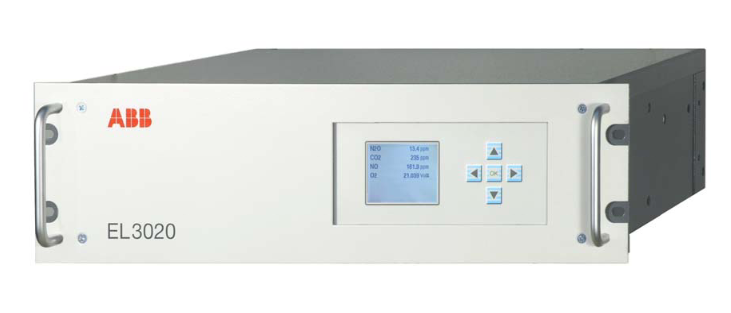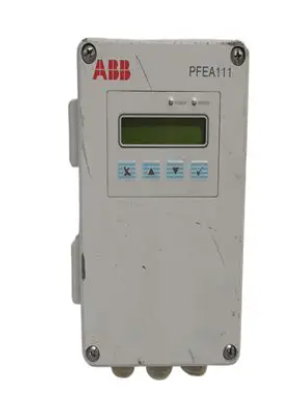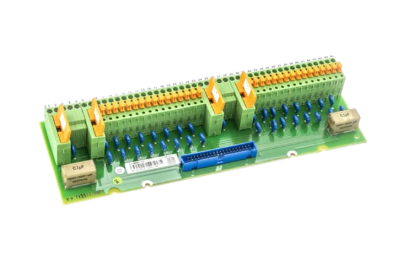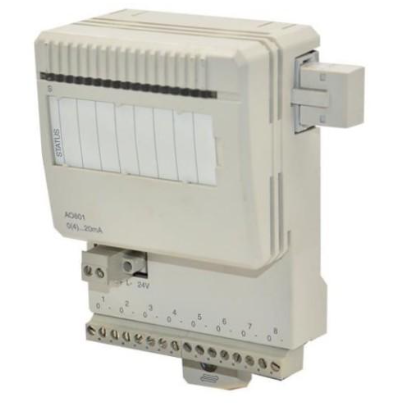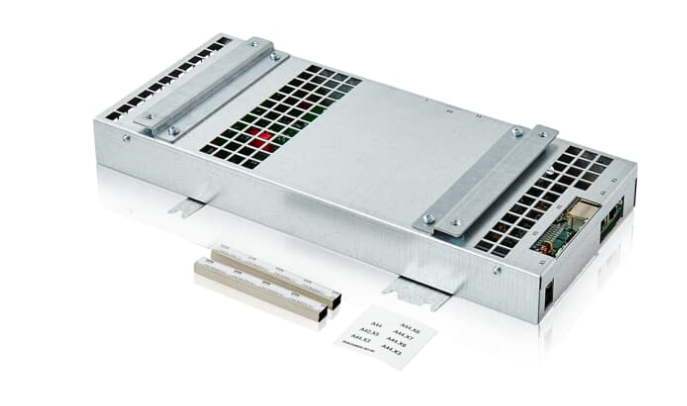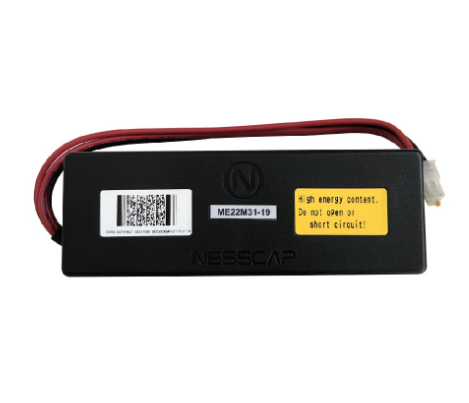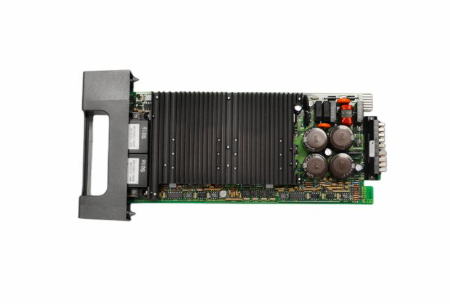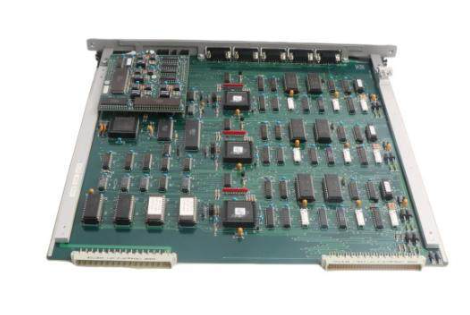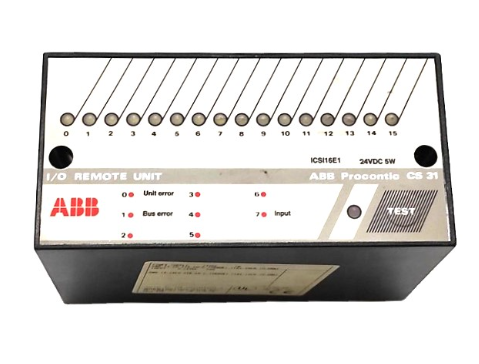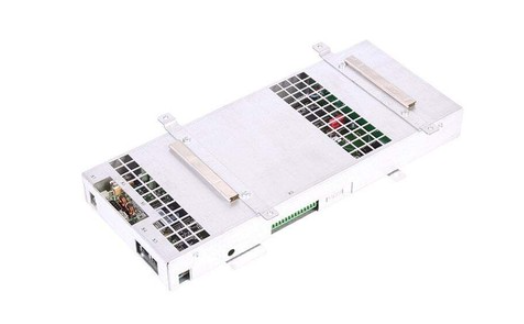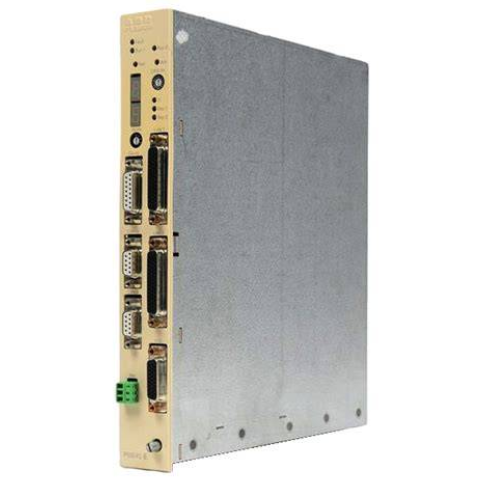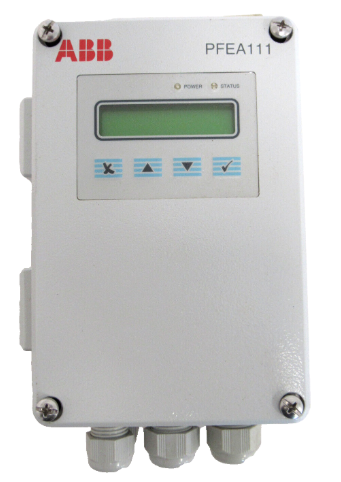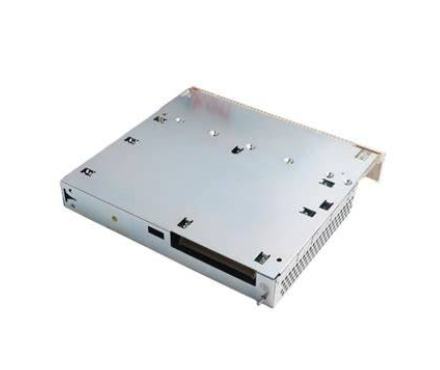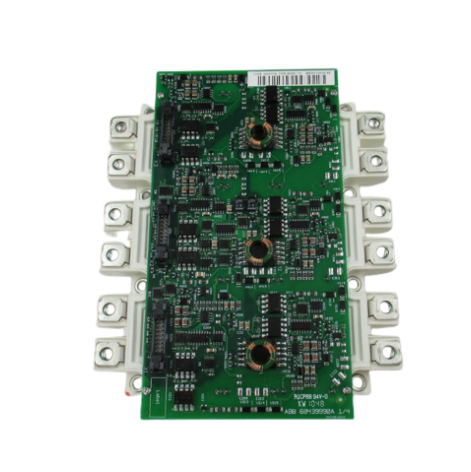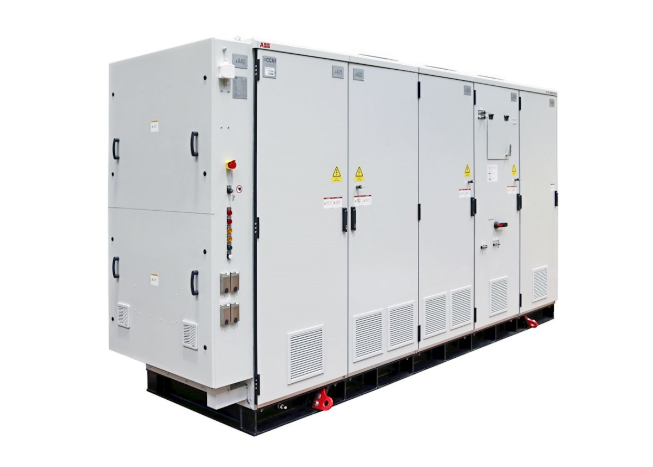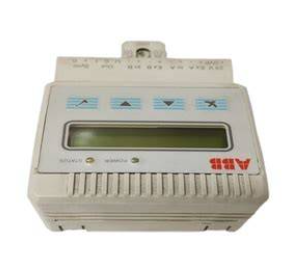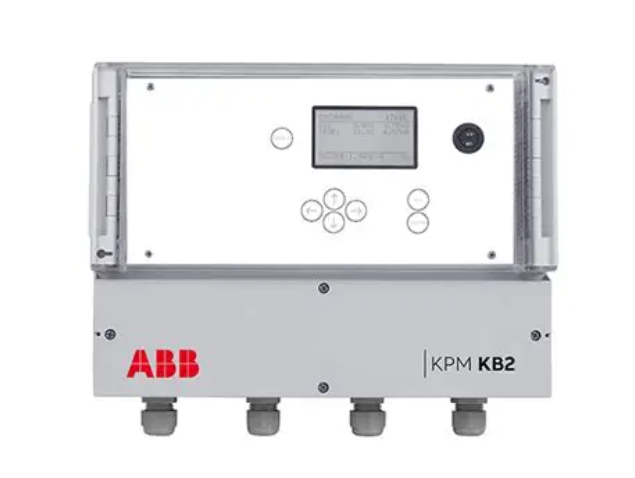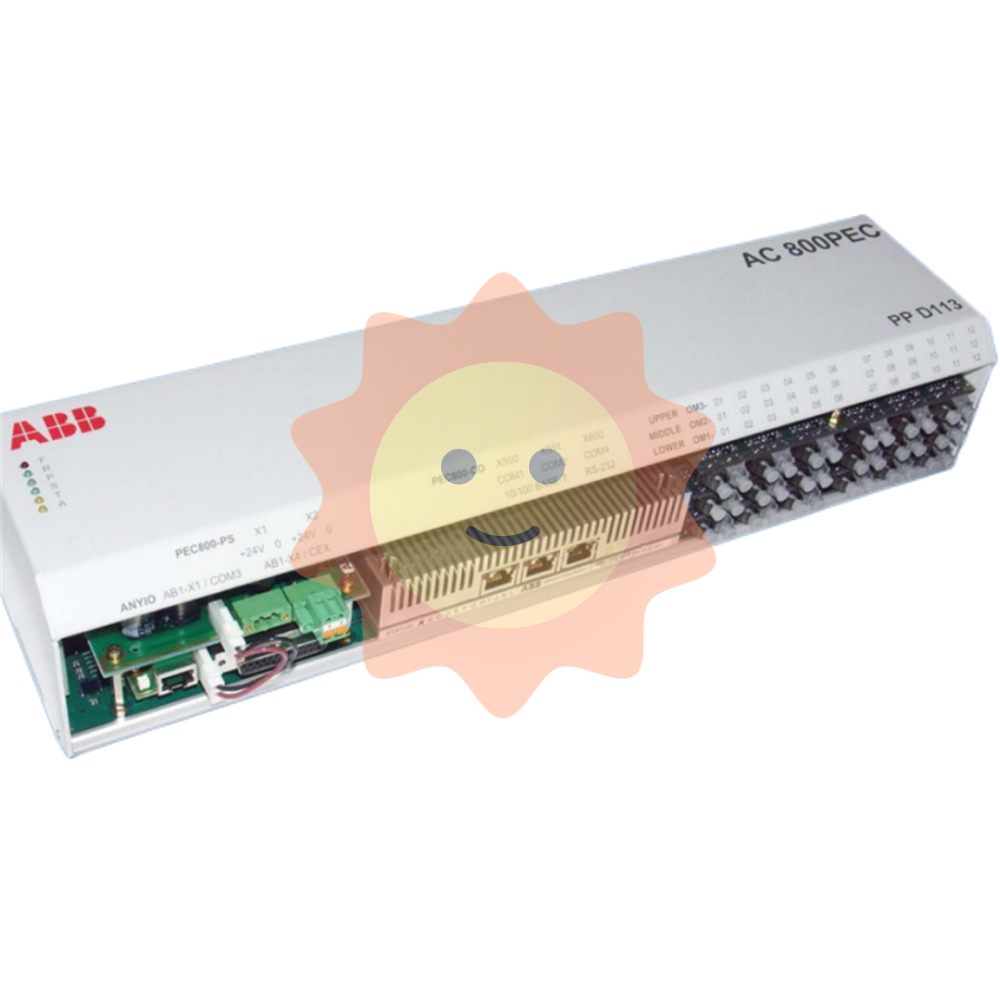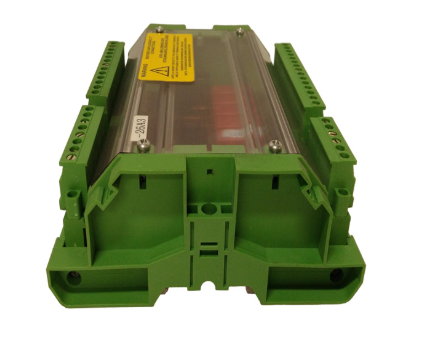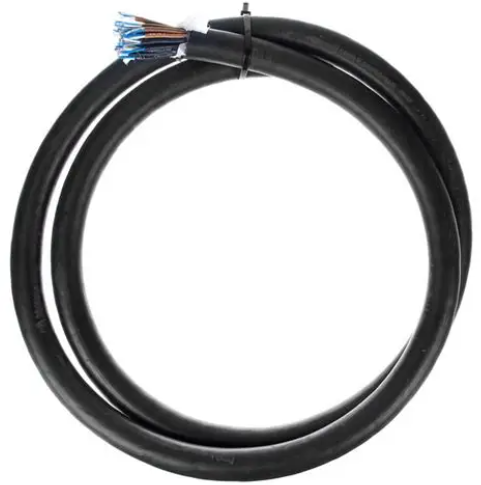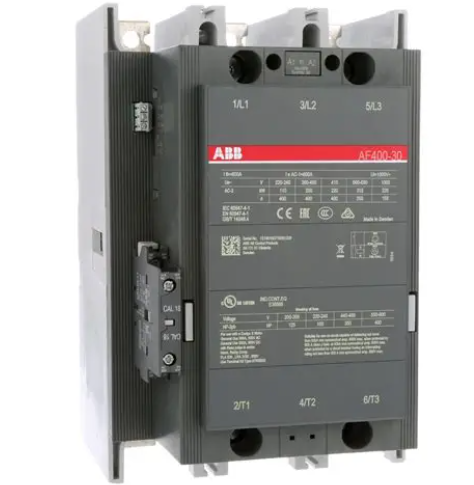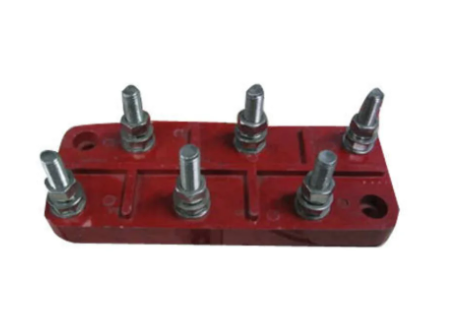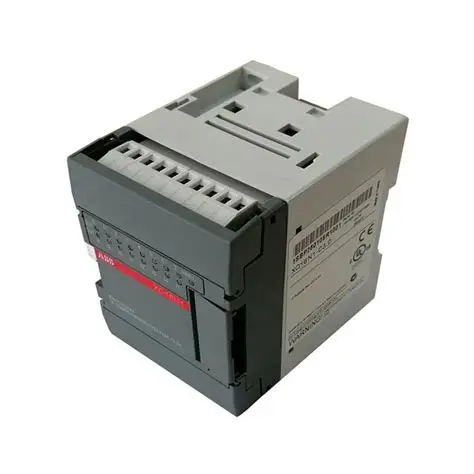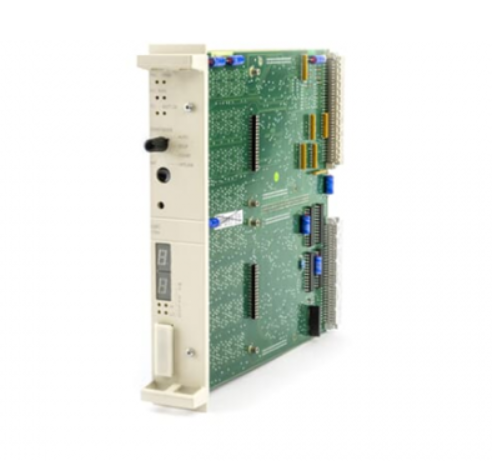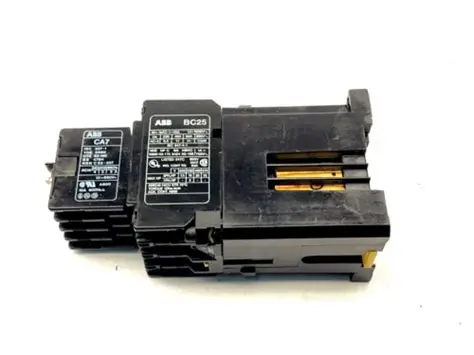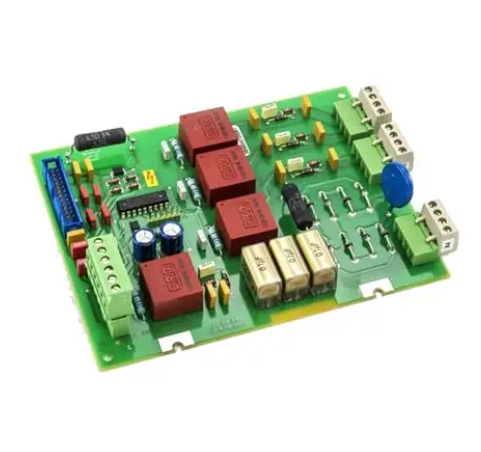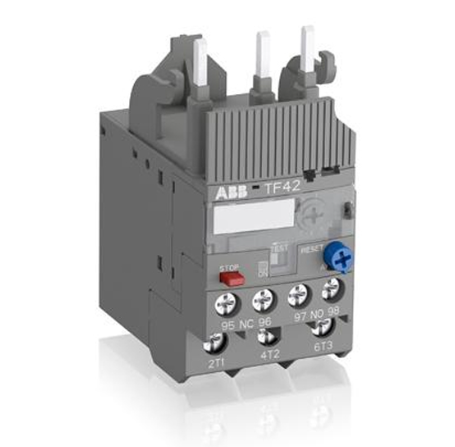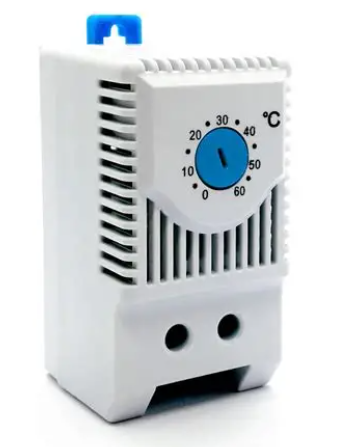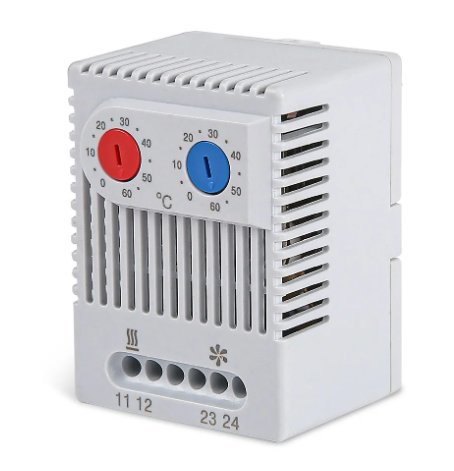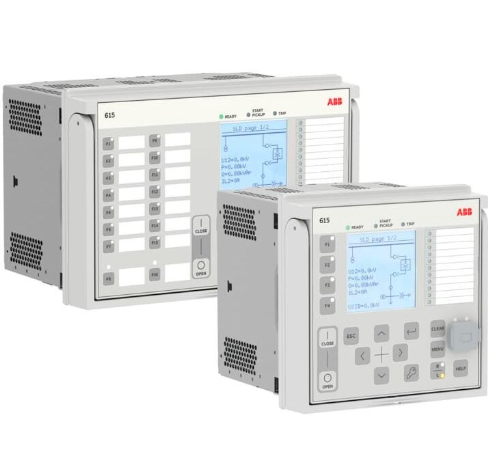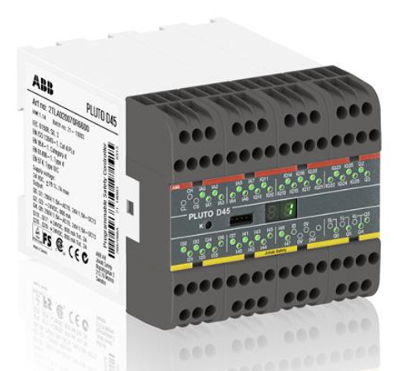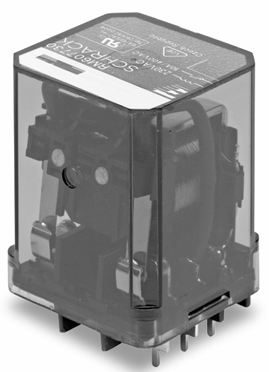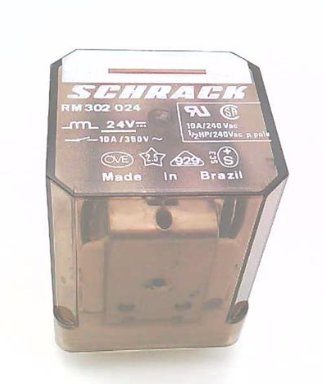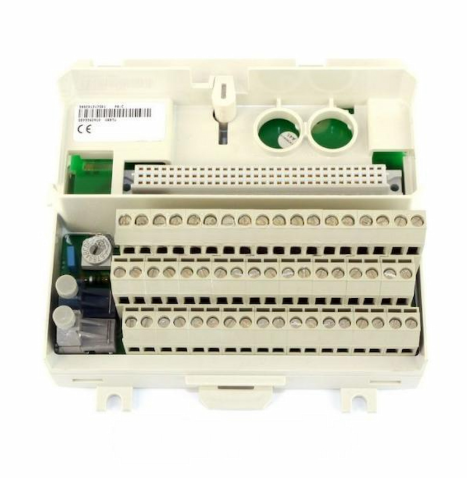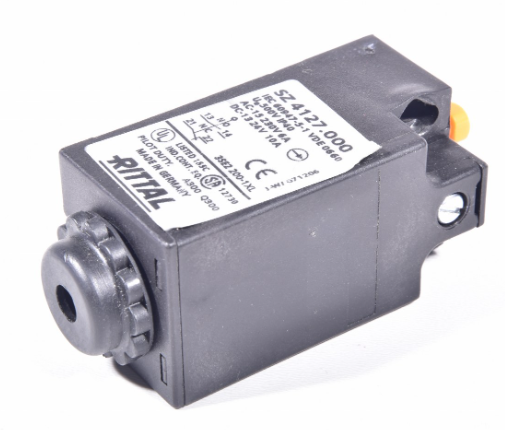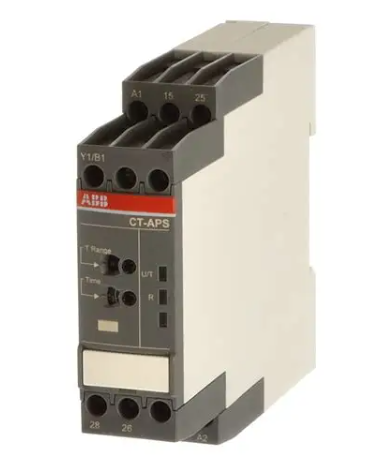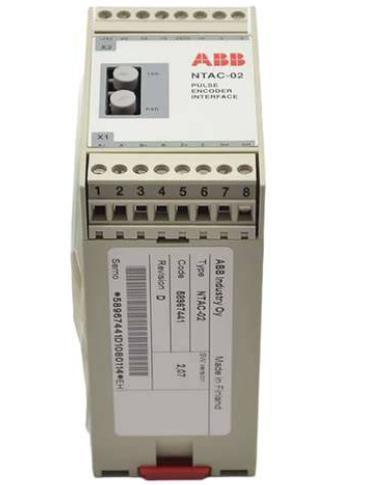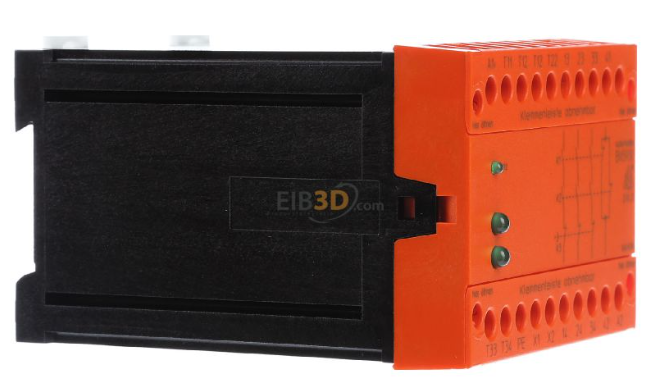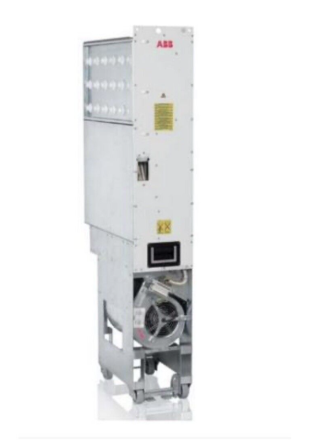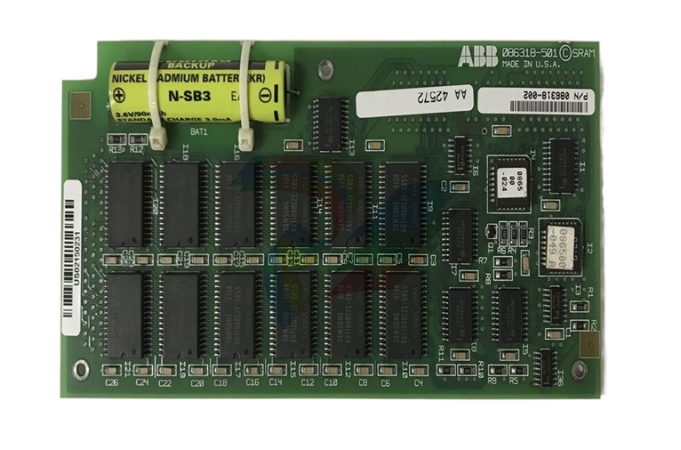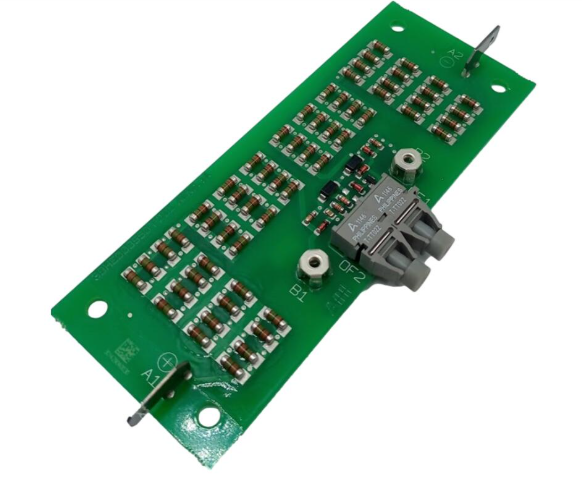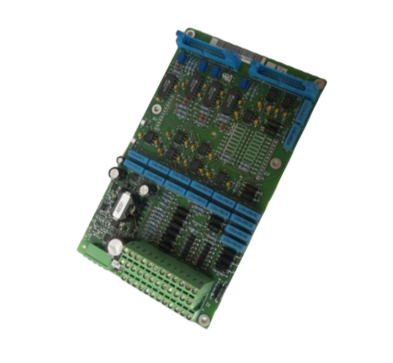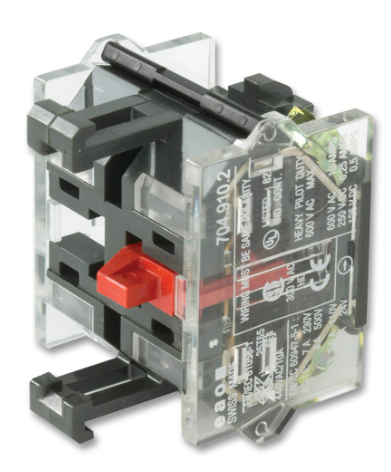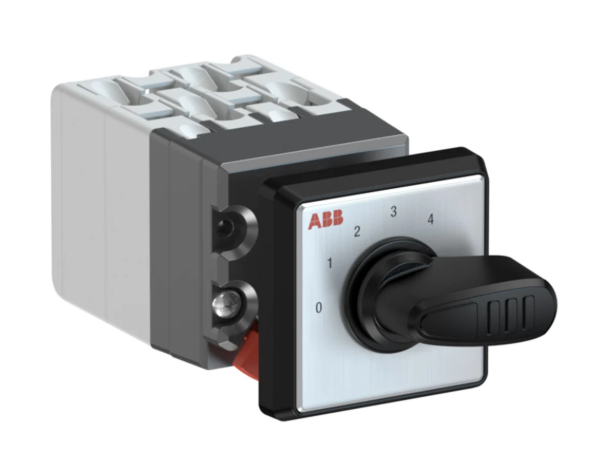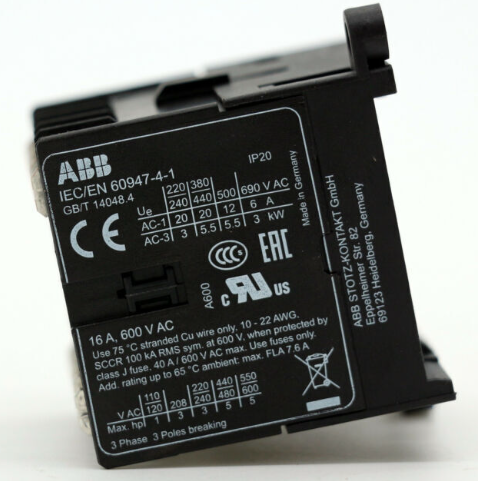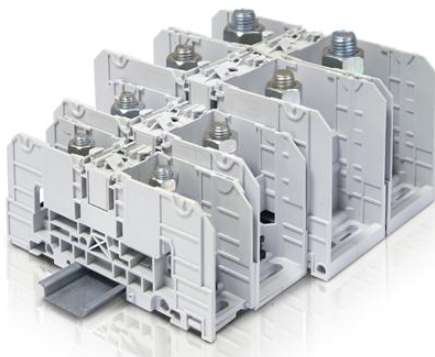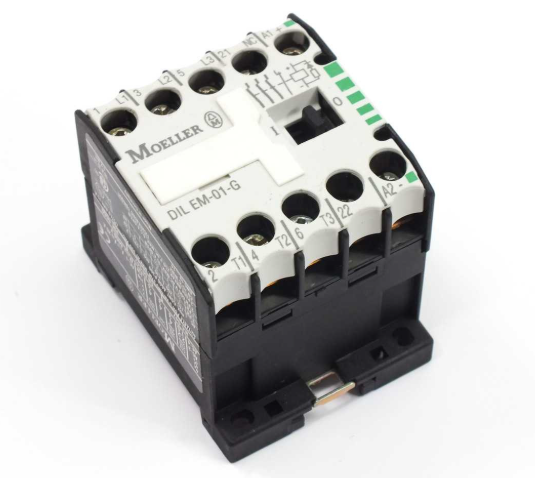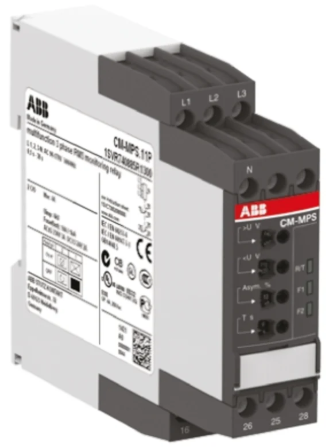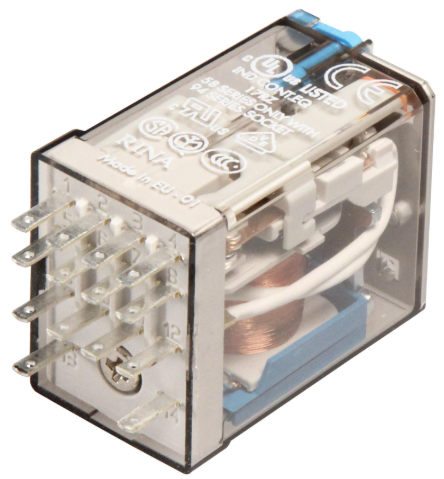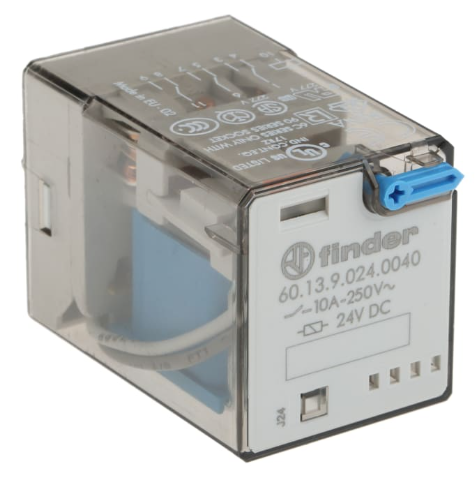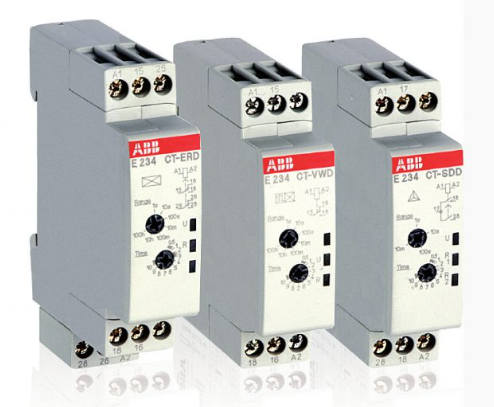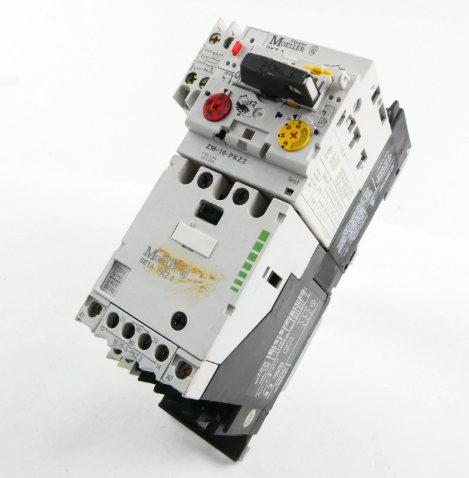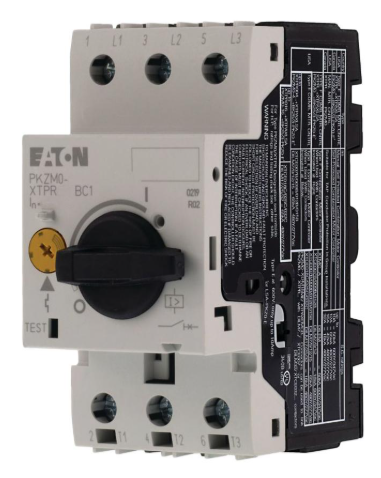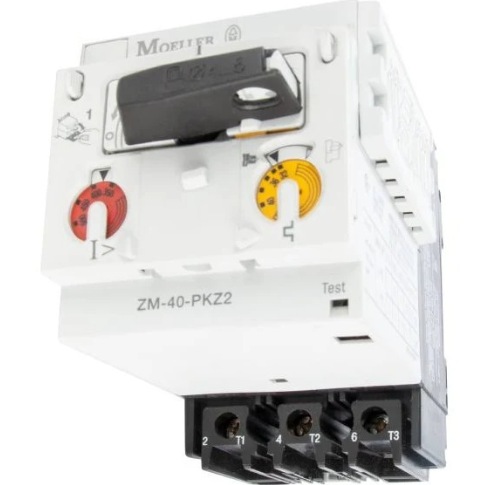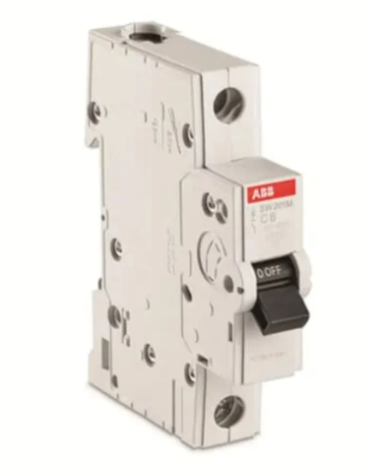AB 1785-BCM and 1785-BEM Modules for PLC-5 Programmable Controllers
AB 1785-BCM and 1785-BEM Modules for PLC-5 Programmable Controllers
Backup System Overview
System Composition: Consists of two identical hardware components, including the PLC-5 Processor Module, 1785-BCM Module, 1785-BEM Module (optional), power supply and local chassis. Suitable for a variety of PLC-5 processor models, such as 1785-L11B, 1785-L20B, etc.
Operating Principle: One system serves as the primary system to control the remote I/O and the other serves as the backup system. During normal operation, the primary system sends remote input and data table data to the standby system via HSSL. In case of failure, the standby system takes over control within 50 ms to ensure continuous operation.
Module Functions: 1785-BCM module realises high-speed communication between main and backup processors, provides 4K word buffer, automatic transmission of remote inputs and block transmission of read values, remote programming capability, etc. 1785-BEM module is used to extend the backup channel and is suitable for PLC-5/40, PLC-5/60 and other processors.
Hardware Components
1785-BCM Module: with status indicators, 1771-WG wiring arm, multiple communication link ports, customer relays and switch assemblies, etc. Communication links include HSSL, Data Highway Plus, and Remote I/O. Switch assemblies are used to configure communication modes, etc.
1785-BEM Module: Includes status indicators, 1771-WG wiring arm, two communication ports, customer relays, and switch assemblies. Works in conjunction with the 1785-BCM module to extend the backup capabilities of the processor's communication channels.
Installation Steps
Determine power requirements: Calculate current requirements based on module and processor type and select an appropriate power supply, such as the 1771-P4S. Separate power supplies are required for the primary and backup processors and are connected to different power sources.
Setting Switches: Set the I/O chassis switches, 1785-BCM module switches for configuring communication modes, etc., and 1785-BEM module switches for setting channel configurations.
Installation and Connections: Insert the module into the specific slot in the I/O chassis and connect communication links such as HSSL, Remote I/O and Data Highway Plus networks, taking care to use the correct cables and terminating resistors when connecting.
System Operation
Data Transfer: Remote input data is transferred automatically via HSSL and data table data is transferred via Block Transfer Commands (BTR and BTW). The transfer process involves system status words, block identifiers, etc., and requires attention to the relevant settings during programming.
System startup and operation: When starting up the system, first supply power to the main system, load the programme and test it, then supply power to the backup system and test it, and finally switch the processor to RUN mode. During operation, it is necessary to pay attention to mode switching, editing and programming.
Programming and Diagnosis
Programming Methods: There are two programming methods, one is to transfer one data block at a time and the other is to transfer multiple data blocks at a time. Different methods are applicable to different scenarios, and the behaviour and effects of multiple commands should be considered when programming.
Troubleshooting: Faults are diagnosed through the status indicators and bits of the system status word of the 1785-BCM module. Different indicator statuses and bit values indicate different fault types, which can be handled accordingly.
Reference Information and Sample Programs: The appendices provide answers to frequently asked questions, data transfer time formulas, and sample programs. The sample program shows the concrete implementation of the two programming methods, which helps understanding and application.
Performance Advantages
High-speed communication capability: The high-speed serial link (HSSL) of the 1785-BCM module supports high-speed data transmission between the main and backup processors at a rate of up to 1.2 Megabaud, which can quickly synchronise remote input data and data table data to ensure system real-time performance. In industrial production lines, where equipment operation data changes in real time, the HSSL can transmit data from the main system to the standby system in a timely manner, allowing the standby system to respond quickly and take over control, reducing the risk of system failure due to data transmission delays. The module can execute block transfer commands, and the block transfer queuing mechanism of the PLC-5 processor allows multiple block transfer operations to be performed within the same programme scan, thus improving the data transfer efficiency. For example, in a complex control system with a large amount of data, it can quickly complete the transmission and processing of a large amount of data to meet the system's requirements for data processing speed.
Reliable backup mechanism: The backup system can be quickly switched over when the main system fails, with a switchover time of less than 50 ms, and the remote I/O outputs remain in their final state during the switchover, reducing the impact on the production process. In industries such as chemical production where continuity is critical, this fast and reliable switchover mechanism prevents production interruptions due to main system failures and reduces economic losses. During normal operation of the primary system, data is continuously transmitted to the standby system, including remote input and data table data, to ensure that the standby system data is consistent with the primary system. When switchover occurs, the standby system can be put into operation immediately without waiting for data updates, ensuring stable system operation.
Flexible Configuration and Expansion: The communication ports of 1785-BCM module can be configured as Data Highway Plus or Remote I/O mode to adapt to different network requirements. Users can choose the communication mode flexibly according to the actual application scenarios to meet diversified industrial control needs. For systems using processors such as PLC-5/40, PLC-5/60, etc., the 1785-BEM module can be added to provide backup for the two additional channels of the processor, which enhances the backup function of the system and improves the overall reliability of the system. When upgrading or expanding the production line of an enterprise, the system configuration can be easily adjusted .
Good compatibility: 1785-BCM series B modules are compatible with series A modules, and communication between different series of modules can be achieved by setting switch components SW1 and SW2 to protect users' original investment. When upgrading the system or replacing some components, there is no need to replace the equipment in a large scale, which reduces the cost. The module is compatible with a variety of PLC-5 processors (e.g. PLC-5/15, PLC-5/20, etc.), which is suitable for control systems of different sizes and needs, improving the versatility and applicability of the module .
Convenient Diagnosis and Maintenance: 1785-BCM and 1785-BEM modules are equipped with status indicator lamps, which visually display system operation status and fault information. Users can quickly determine whether the system is running normally through the indicators, and detect faults in time, such as hardware faults, communication faults, etc., so as to facilitate rapid positioning and problem solving. More detailed system status and fault information can be obtained through the relevant bits of the system status word and auxiliary diagnostic/status word, providing powerful support for fault diagnosis and troubleshooting. In complex industrial control systems, it can help technicians accurately determine the cause of the fault and shorten the troubleshooting time .

- EMERSON
- Honeywell
- CTI
- Rolls-Royce
- General Electric
- Woodward
- Yaskawa
- xYCOM
- Motorola
- Siemens
- Rockwell
- ABB
- B&R
- HIMA
- Construction site
- electricity
- Automobile market
- PLC
- DCS
- Motor drivers
- VSD
- Implications
- cement
- CO2
- CEM
- methane
- Artificial intelligence
- Titanic
- Solar energy
- Hydrogen fuel cell
- Hydrogen and fuel cells
- Hydrogen and oxygen fuel cells
- tyre
- Chemical fiber
- dynamo
- corpuscle
- Pulp and paper
- printing
- fossil
- FANUC
- Food and beverage
- Life science
- Sewage treatment
- Personal care
- electricity
- boats
- infrastructure
- Automobile industry
- metallurgy
- Nuclear power generation
- Geothermal power generation
- Water and wastewater
- Infrastructure construction
- Mine hazard
- steel
- papermaking
- Natural gas industry
- Infrastructure construction
- Power and energy
- Rubber and plastic
- Renewable energy
- pharmacy
- mining
- Plastic industry
- Schneider
- Kongsberg
- NI
- Wind energy
- International petroleum
- International new energy network
- gas
- WATLOW
- ProSoft
- SEW
- wind
- ADVANCED
- Reliance
- YOKOGAWA
- TRICONEX
- FOXBORO
- METSO
- MAN
- Advantest
- ADVANCED
- ALSTOM
- Control Wave
- AB
- AMAT
- STUDER
- KONGSBERG
- MOTOROLA
- DANAHER MOTION
- Bently
- Galil
- EATON
- MOLEX
- Triconex
- DEIF
- B&W
- ZYGO
- Aerotech
- DANFOSS
- KOLLMORGEN
- Beijer
- Endress+Hauser
- MOOG
- KB
- Moxa
- Rexroth
- YAMAHA
- Johnson
- Westinghouse
- WAGO


Email:wang@kongjiangauto.com


